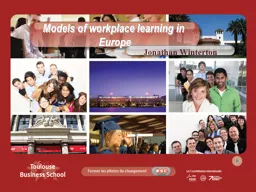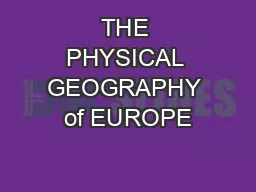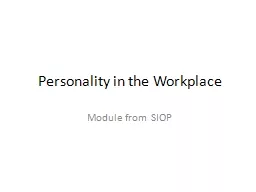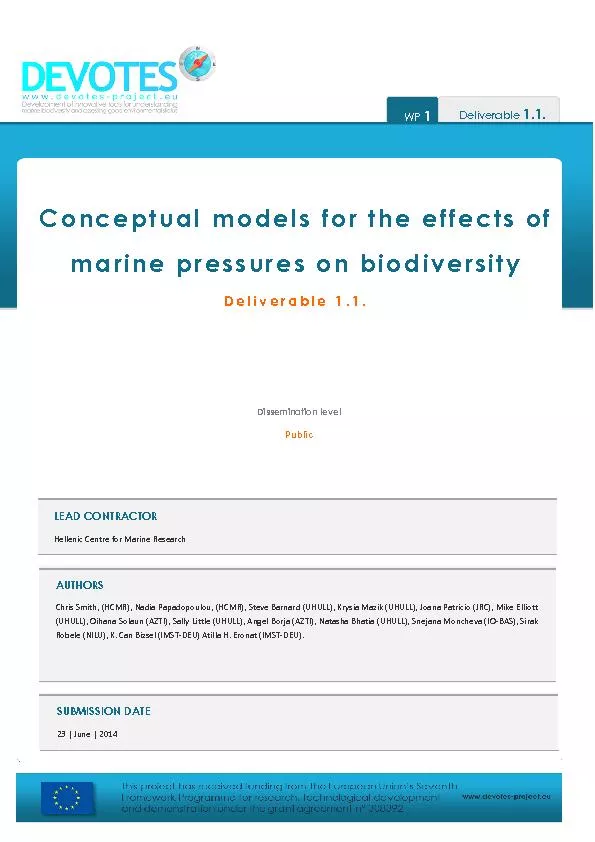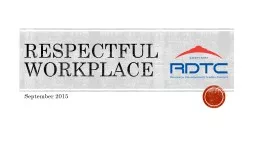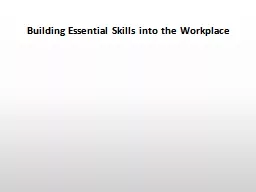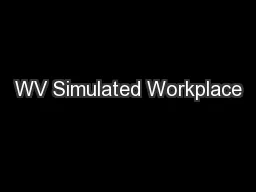PPT-M odels of workplace learning in Europe
Author : lindy-dunigan | Published Date : 2016-03-10
Jonathan Winterton Overview 2 context of study EU policy country variation research objectives design methodology findings by 8 countries compared perceived good
Presentation Embed Code
Download Presentation
Download Presentation The PPT/PDF document "M odels of workplace learning in Europe" is the property of its rightful owner. Permission is granted to download and print the materials on this website for personal, non-commercial use only, and to display it on your personal computer provided you do not modify the materials and that you retain all copyright notices contained in the materials. By downloading content from our website, you accept the terms of this agreement.
M odels of workplace learning in Europe: Transcript
Download Rules Of Document
"M odels of workplace learning in Europe"The content belongs to its owner. You may download and print it for personal use, without modification, and keep all copyright notices. By downloading, you agree to these terms.
Related Documents

